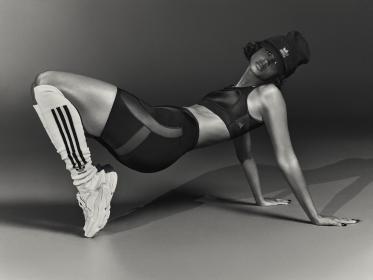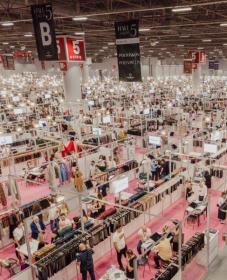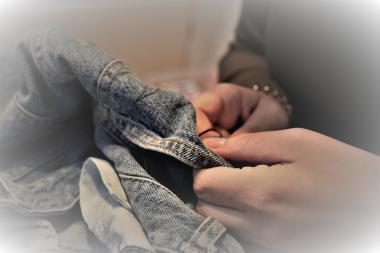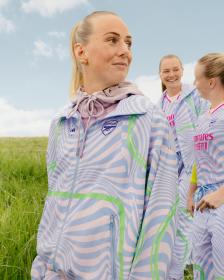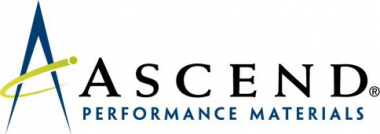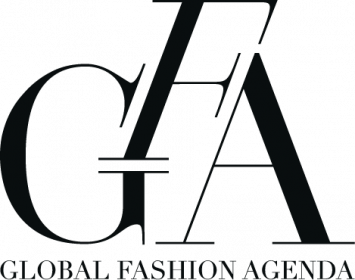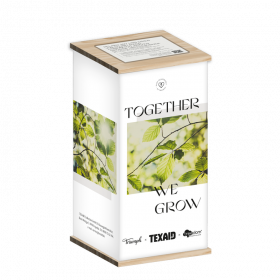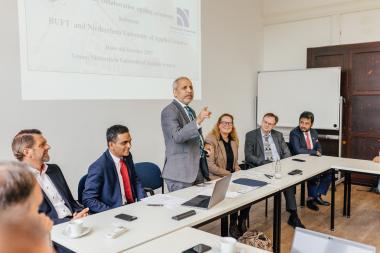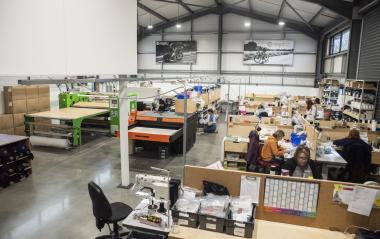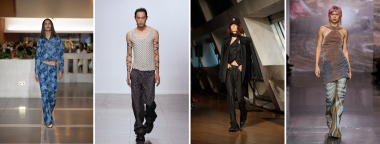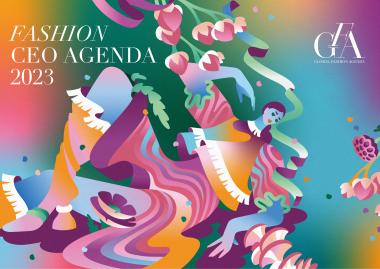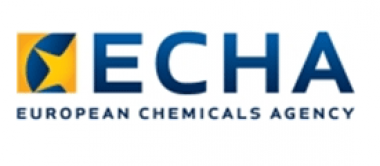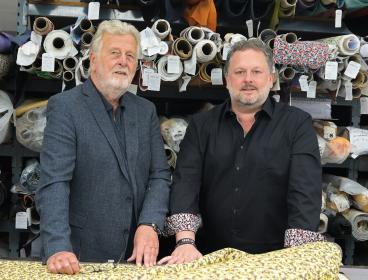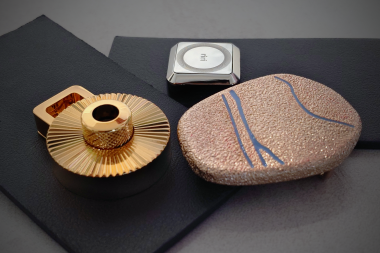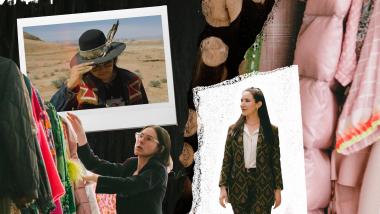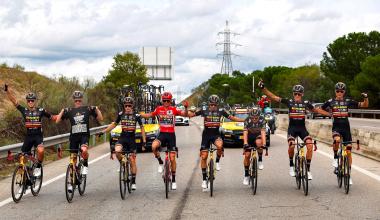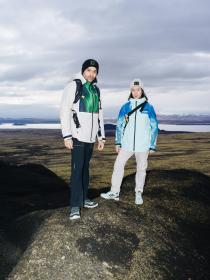adidas and IVY PARK unveil all-black collection IVY PARK NOIR
adidas and IVY PARK unveil the final installment of their collaboration together, titled IVY PARK NOIR.
The new range represents a culmination of the two brands’ work together, combining adidas’ athletic and functional excellence, with IVY PARK’s signature emphasis on shape, and trend-defying creative vision. Using a singular, black color palette, IVY PARK NOIR intentionally draws focus to fabric, fit and texture, cultivating enduring elegance through sensual, material play.
Considering all chapters of an active way of life- from warm up, to cool down- the collection elevates one’s everyday pursuits through a mix of tight and loose fitting styles. Fabrications include luxurious embossed leather, exposed mesh and lacquered latex that combine to create a complex yet sophisticated capsule. Standout pieces include body-con cropped top and pant, relaxed 3-D molded knit sweatsuits, multifunctional jackets, and the IVY PARK signature jersey.
IVY PARK NOIR’s offering includes footwear that re-imagines a new era of style and function. Sleek molded and debossed elements add an architectural foundation to the collection’s sneakers, while a chunky, over the knee boot offers utilitarian fantasy.
adidas AG


